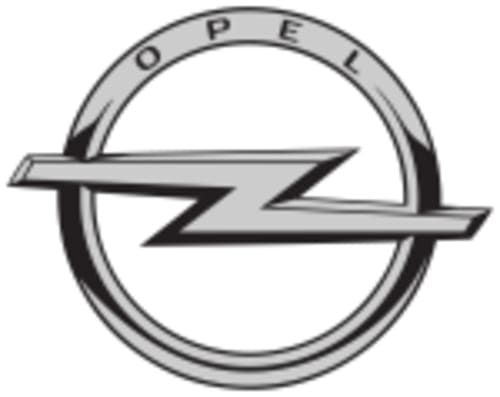Information and electric vehicles of the [object Object] brand
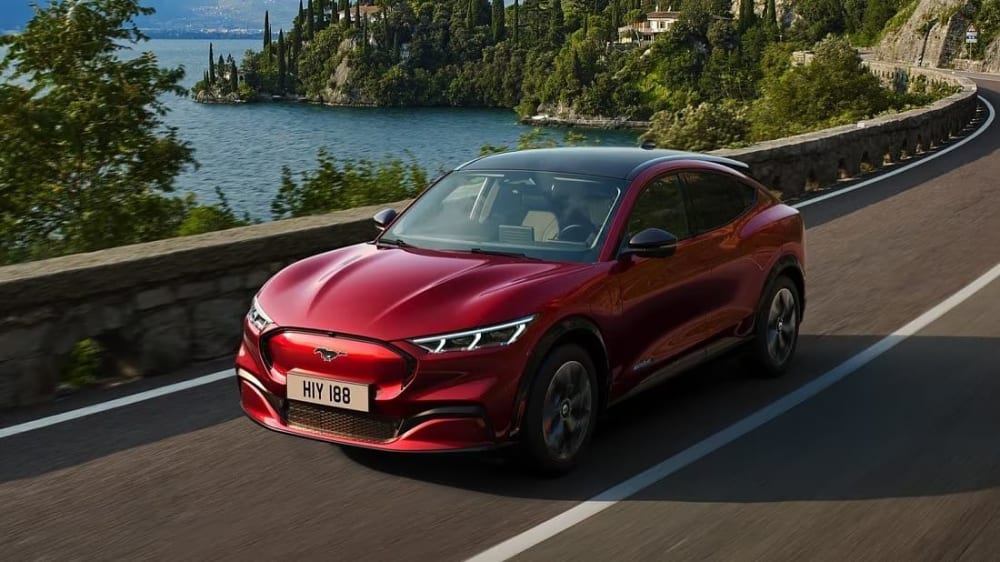
![[object Object] logo](https://res.cloudinary.com/donyiousk/image/upload/w_80/f_auto/c_scale,w_1400/v1/car/debnpsjyq9vccylfshgv)
Ford
Beyond performance, beyond compare.

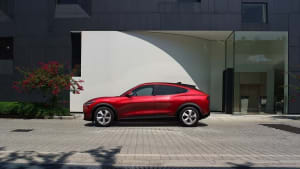
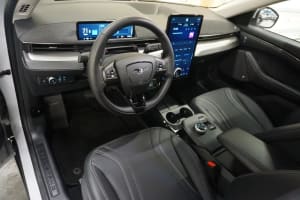
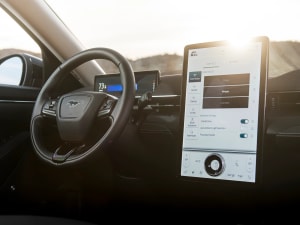
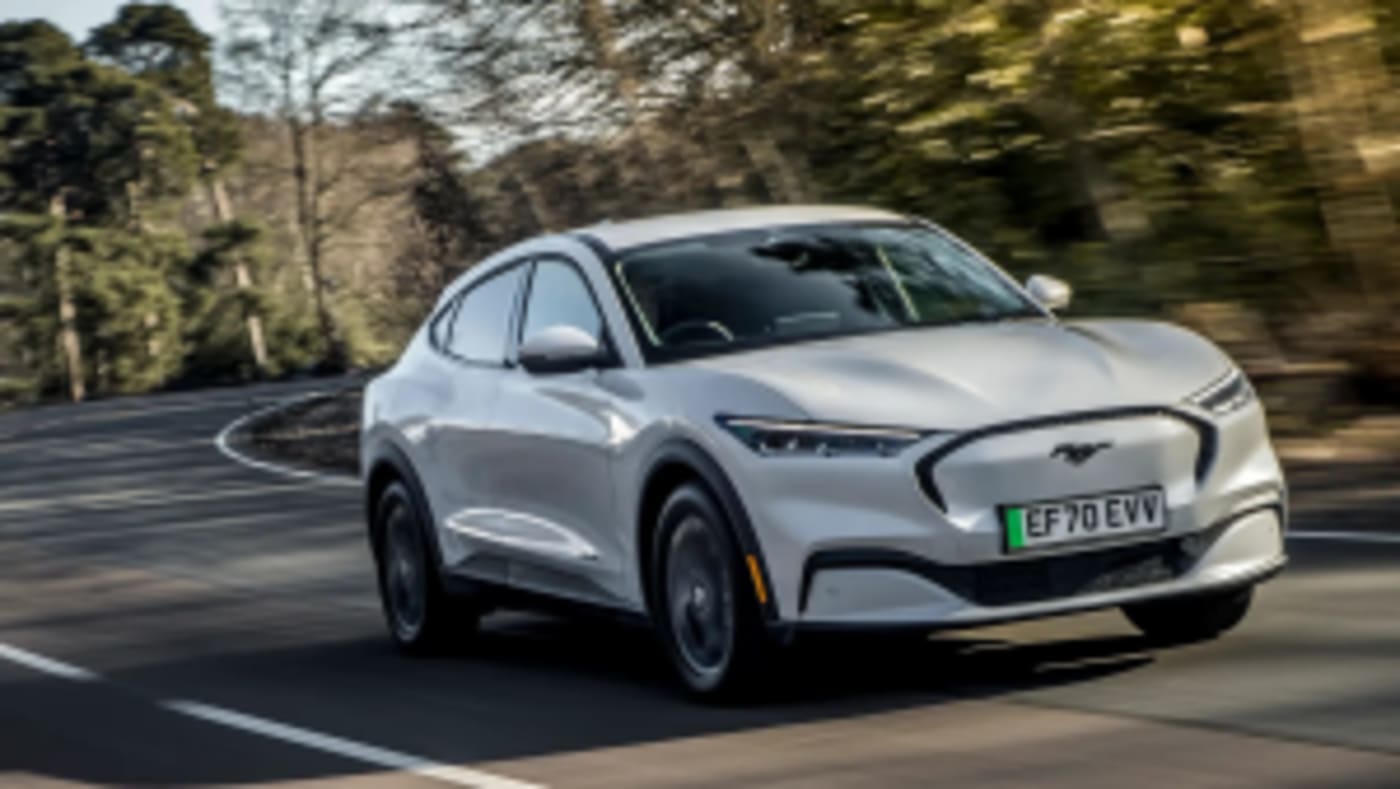
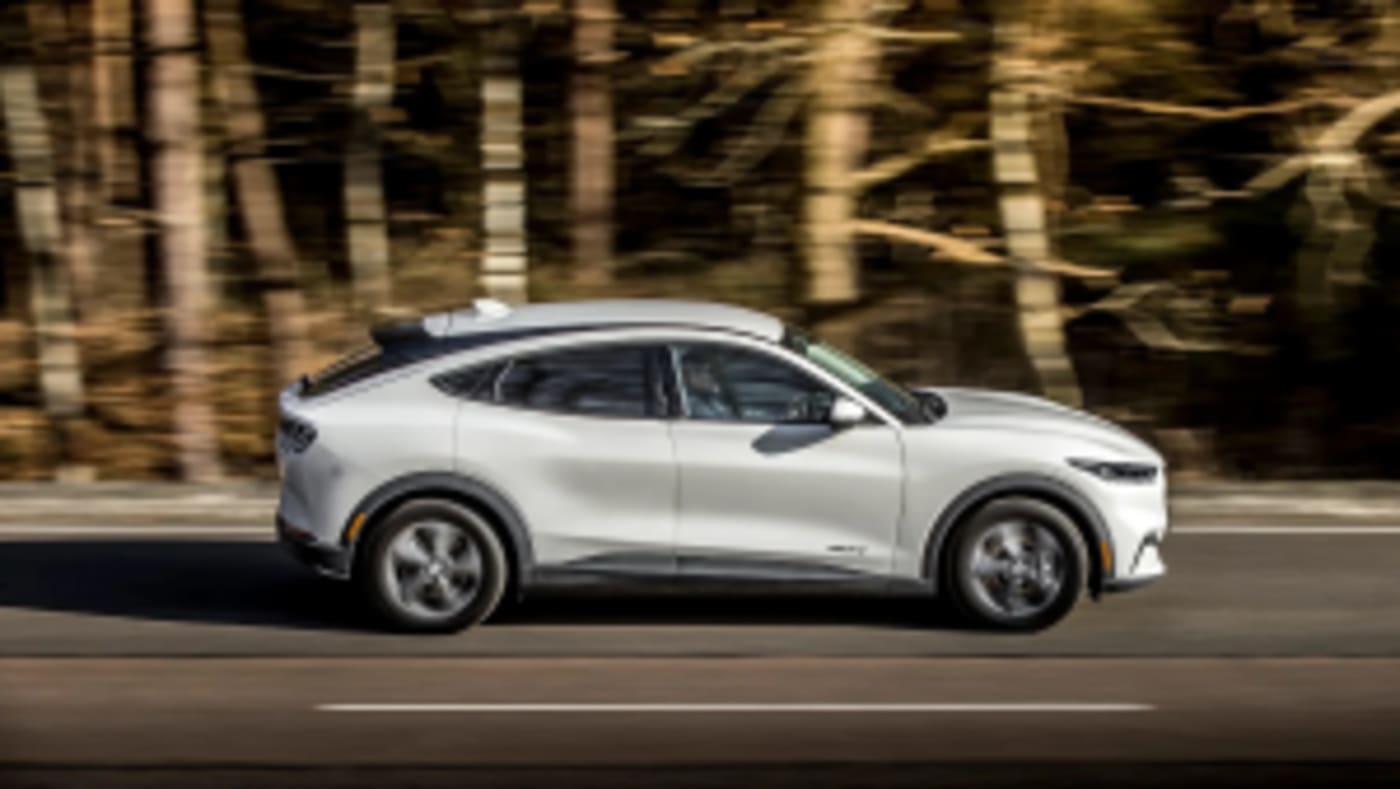
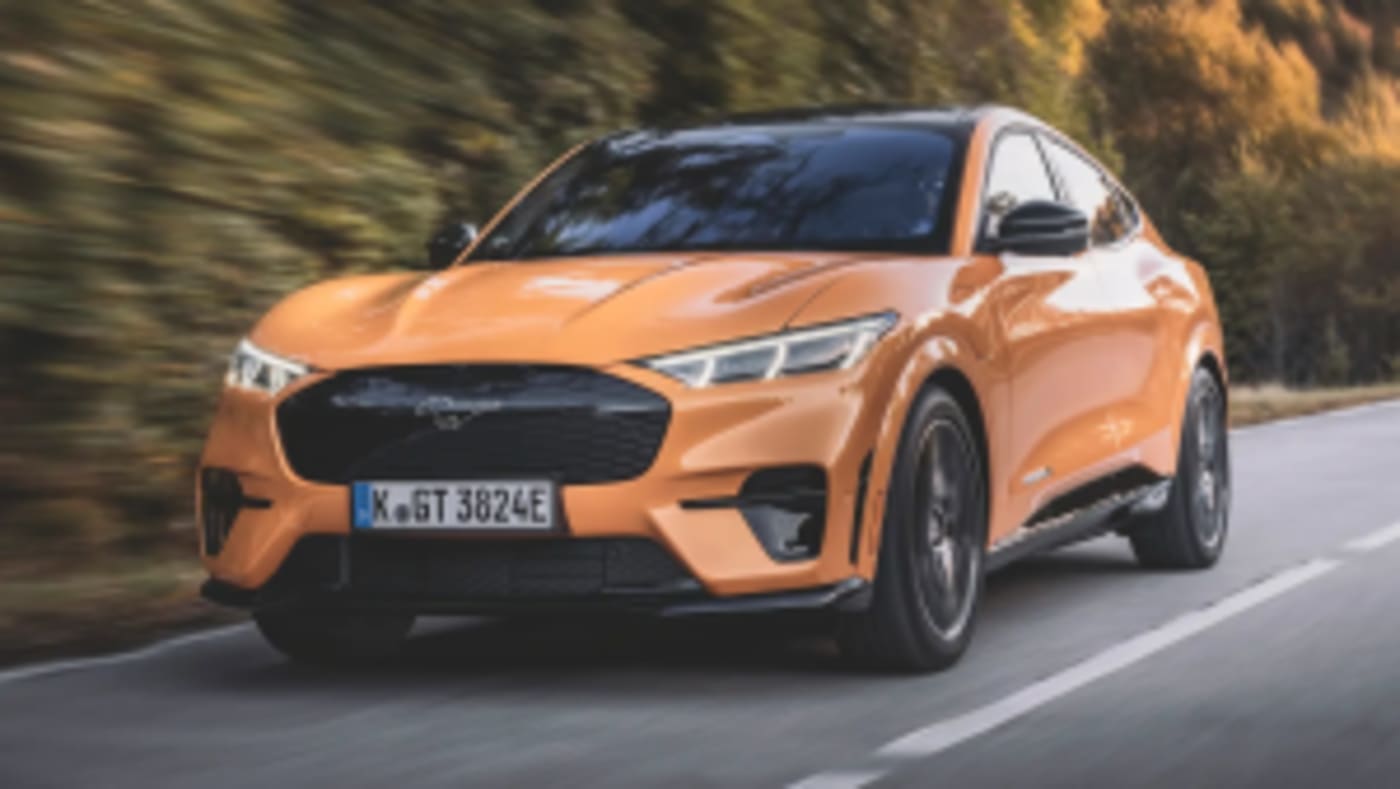
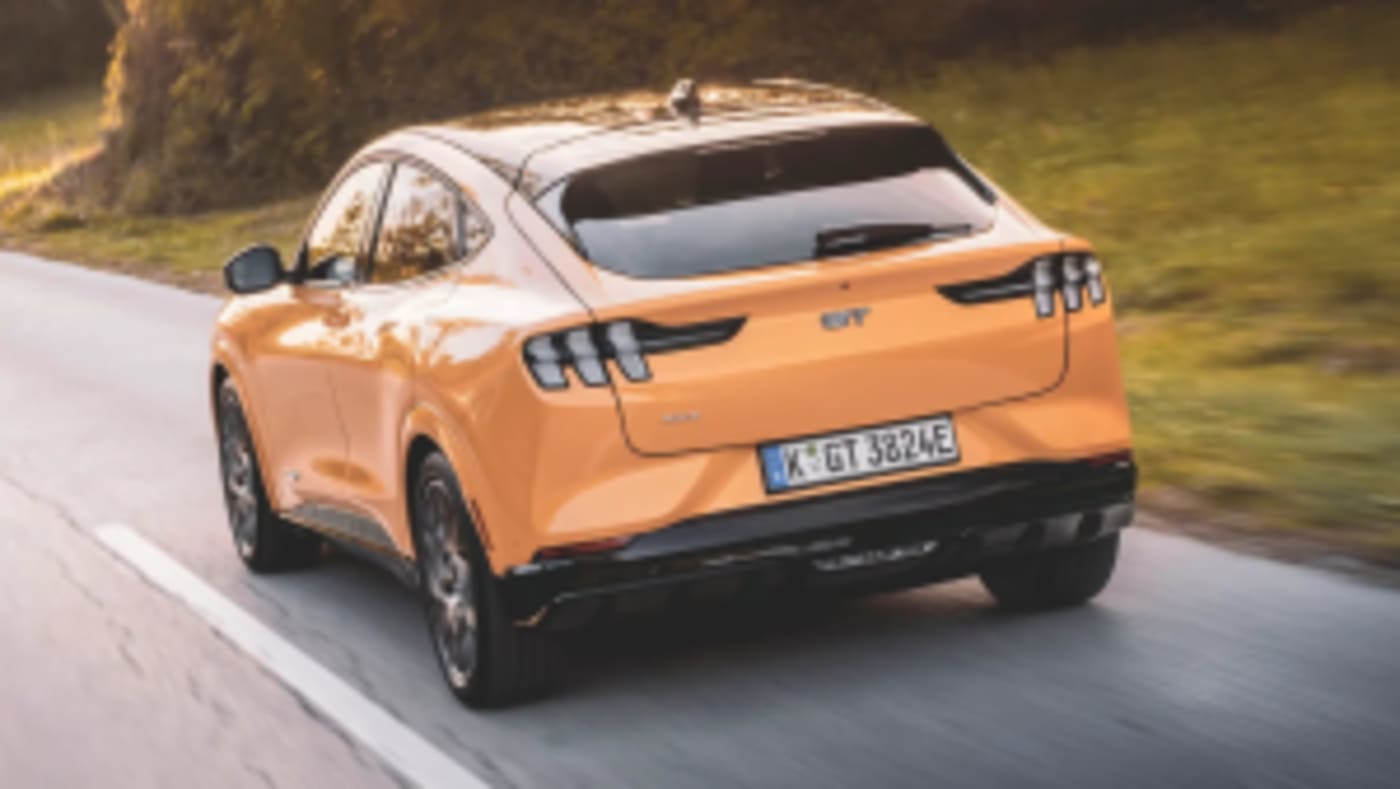
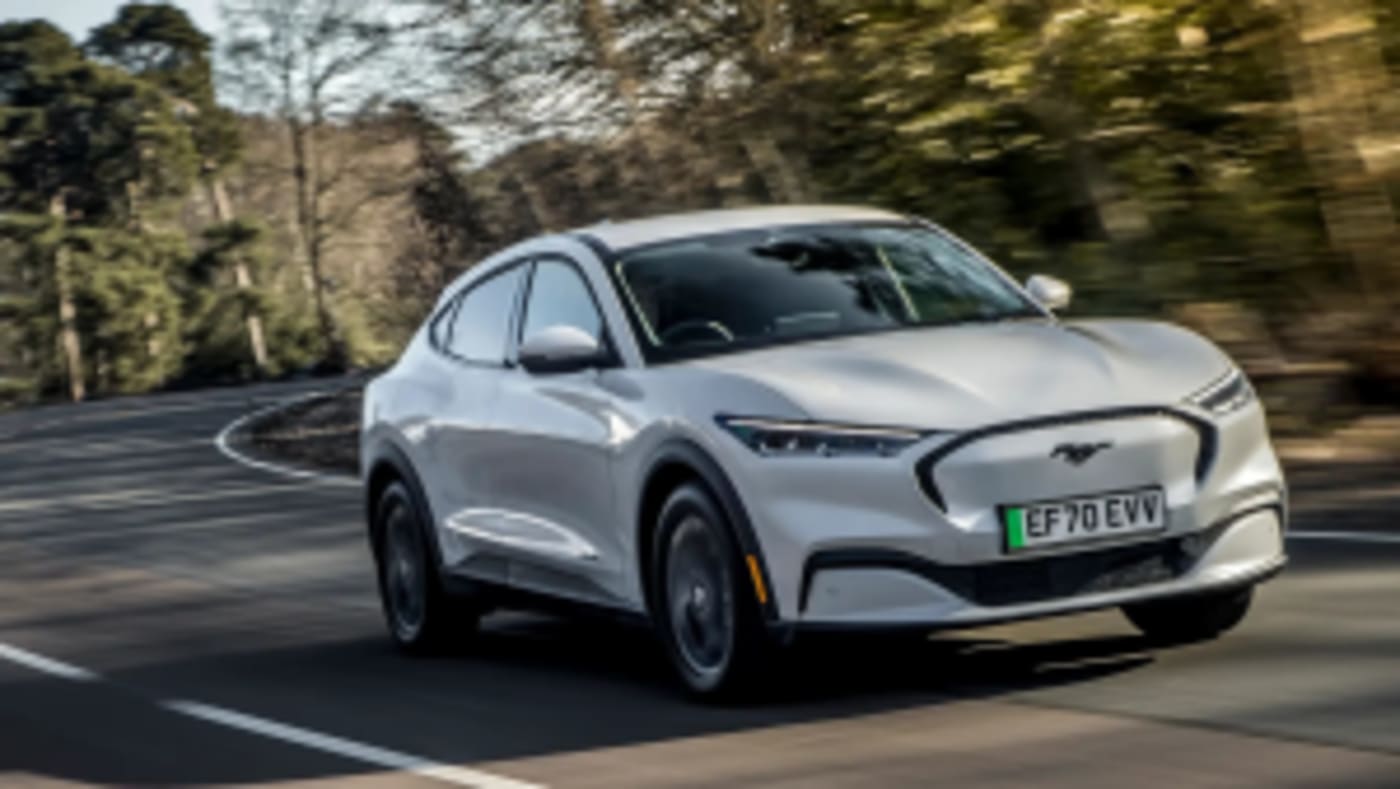
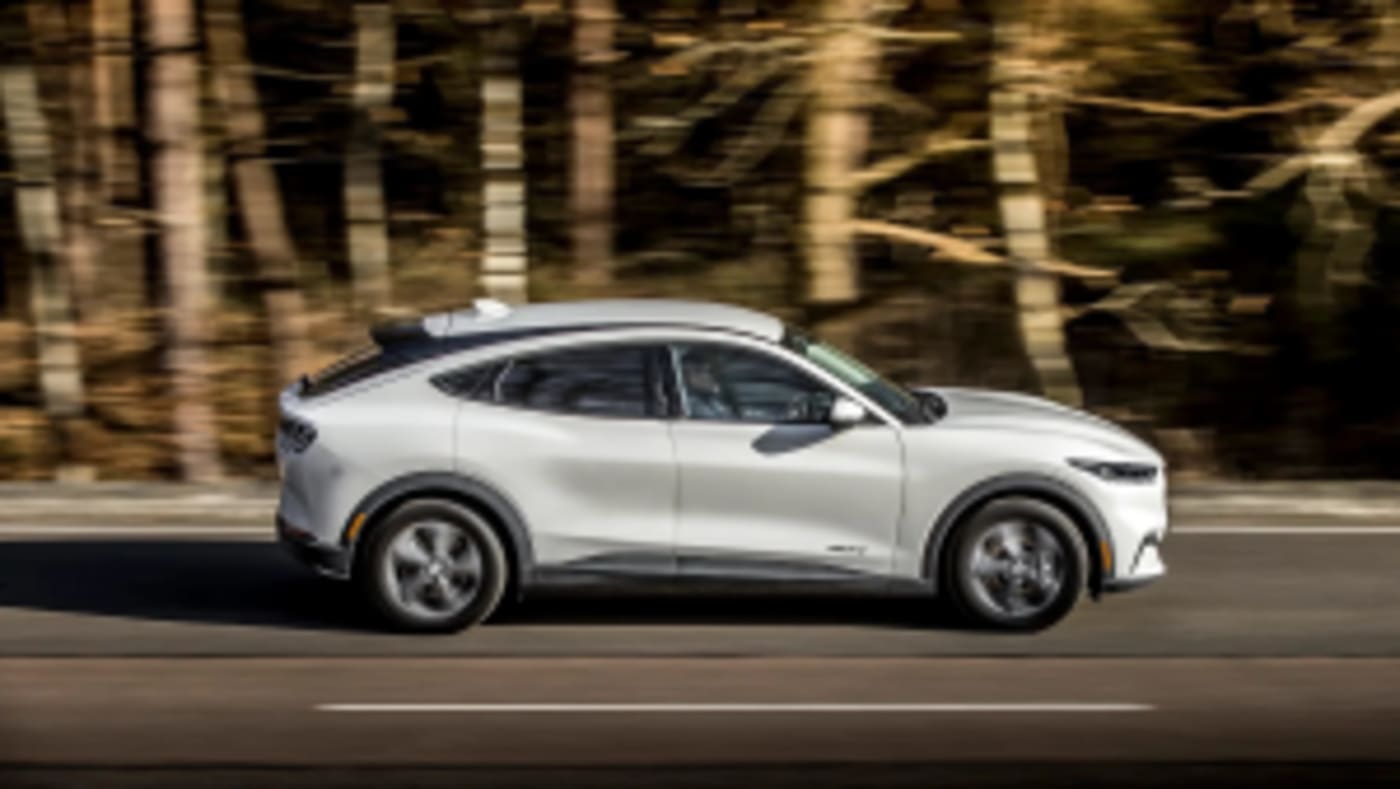

Ford electric vehicles
Ford's electric vehicles are at the forefront of the electric vehicle revolution. The company is investing heavily in electric vehicles and has a number of exciting new models on the horizon.
Here are some of the highlights of Ford's electric vehicles:
- Mustang Mach-E: The Mustang Mach-E is Ford's first all-electric SUV. It offers a sleek design, a sporty driving experience, and a range of up to 314 miles.
- F-150 Lightning: The F-150 Lightning is Ford's all-electric version of its popular F-150 pickup truck. It offers all the towing and payload capacity of a gas-powered F-150, but with zero emissions.
- E-Transit: The E-Transit is Ford's all-electric version of its popular Transit van. It offers a range of up to 126 miles and is perfect for businesses that need a reliable and efficient delivery vehicle.
- Upcoming electric vehicles: Ford has a number of other electric vehicles in the works, including an all-electric Puma crossover SUV, an all-electric Explorer SUV, and four electrified Transit vans.
Ford's electric vehicles are known for their innovative features and technology. For example, the Mustang Mach-E features a unique "Mega Power Frunk" that provides additional storage space under the hood. The F-150 Lightning is equipped with a Pro Power Onboard system that can provide up to 9.6 kW of power to tools and equipment. And the E-Transit is available with a number of advanced safety features, including automatic emergency braking and lane departure warning.
Ford is committed to making electric vehicles more affordable and accessible to everyone. The company is offering a number of incentives to encourage people to buy electric vehicles, including a federal tax credit of up to $7,500. And Ford is working to expand its network of public charging stations.
What makes Ford EVs different from other brands?+
There are several key ways in which Ford EVs distinguish themselves from other brands:
Focus on established models: Unlike some competitors who built dedicated EV platforms from scratch, Ford initially opted to electrify popular existing models like the Mustang Mach-E and F-150 Lightning. This approach leverages brand recognition and consumer familiarity, offering a quicker entry point into the EV market.
Truck leadership: Ford holds a distinct advantage in the electric truck segment with the F-150 Lightning. It combines the iconic truck's heritage with EV advantages like instant torque and fast acceleration, appealing to both traditional truck buyers and eco-conscious consumers.
Focus on practicality and utility: Ford emphasizes practicality and everyday usability in their EVs. The Mustang Mach-E offers ample cargo space and user-friendly technology, while the F-150 Lightning boasts class-leading towing capacity and innovative power features like onboard outlets.
Rapid rollout and commitment: Ford has invested heavily in EV production, establishing dedicated divisions and ramping up production quickly. This commitment showcases their seriousness about competing in the growing EV market.
Technology and driving experience: Ford EVs offer advanced driver-assistance features like BlueCruise hands-free highway driving, competing with Tesla's Autopilot system. They also focus on delivering a fun and engaging driving experience, particularly in the Mustang Mach-E.
Value proposition: Compared to some luxury EV brands, Ford offers competitive pricing and value for money. This caters to a broader range of consumers seeking to enter the EV market without breaking the bank.
Future plans: Ford has ambitious plans for future EVs, including the upcoming "T3" truck built from the ground up as an electric vehicle. This demonstrates their commitment to continuous innovation and expanding their electric offerings.
Overall, Ford's approach to EVs blends heritage with innovation, focusing on practicality, performance, and value. While this may differ from some competitor strategies, it's resonating with many consumers and making Ford a strong contender in the rapidly evolving EV landscape.
It's important to note that the EV market is constantly evolving, and each brand has its own strengths and weaknesses. Choosing the right EV for you ultimately depends on your individual needs and preferences.
What are the different models of Ford EVs available?+
Ford offers a variety of all-electric and hybrid electric vehicles to choose from. Here's a quick rundown of their current models:
All-electric:
- Mustang Mach-E: This stylish SUV is Ford's first all-electric vehicle, and it offers up to 312 miles of range on a single charge. It comes in a variety of trims, including the GT performance edition that can go from 0 to 60 mph in just 3.5 seconds.
- F-150 Lightning: This all-electric version of Ford's iconic pickup truck offers impressive power and capability, with up to 563 horsepower and a targeted 10,000-pound towing capacity. It also has a range of up to 320 miles on a single charge.
- E-Transit: This all-electric cargo van is perfect for businesses looking to reduce their emissions. It comes in three different sizes and offers up to 126 miles of range.
Plug-in hybrids:
- Escape Plug-In Hybrid: This compact SUV offers up to 37 miles of all-electric range, making it a great choice for commuters who want to save on gas. It also has a hybrid mode that can get you up to 40 mpg combined.
- Maverick Hybrid: This small truck is available in both hybrid and gas-powered versions. The hybrid version gets up to 37 mpg combined, making it a fuel-efficient option for those who need a truck for occasional hauling.
In addition to these models, Ford has also announced plans to launch several new electric vehicles in the coming years, including two new SUVs, an all-electric Puma, and four electrified Transit vans.
So, whether you're looking for a stylish SUV, a capable truck, or a spacious van, Ford has an electric vehicle that's right for you. With their long history of innovation and commitment to quality, Ford is sure to be a leader in the electric vehicle market for years to come.
How much do Ford EVs cost?+
Ford offers a variety of electric vehicles EVs at different price points, so the cost can vary depending on the specific model and trim level you choose. Here's a general overview:
Starting prices:
- Mustang Mach-E: $42,995
- F-150 Lightning: $45,995
- Maverick Hybrid: $23,815 hybrid, not fully electric
- Escape PHEV: $37,960 plug-in hybrid, not fully electric
- E-Transit: $43,290 commercial van
Additional factors to consider:
- Trim level: Higher trim levels will have more features and a higher price tag.
- Options and packages: Additional features and packages can also add to the cost.
- Federal and state incentives: There are several federal and state incentives available for purchasing EVs, which can help to lower the cost.
- Dealership markup: Some dealerships may mark up the price of EVs, so it's important to shop around and get quotes from multiple dealerships.
Here are some resources where you can learn more about the specific costs of Ford EVs:
- Ford website: Link
- Electric Vehicle Incentives: Link
- FuelEconomy.gov: Link
What is the range of Ford EVs?+
The range of Ford EVs varies depending on the model and battery configuration. Here's a breakdown of the ranges for some of Ford's most popular electric vehicles:
- Ford Mustang Mach-E: With the standard range battery, the Mustang Mach-E has an EPA-estimated range of 273 miles. Upgrading to the extended range battery bumps that up to 379 miles.
- Ford F-150 Lightning: The all-electric F-150 Lightning has an EPA-estimated range of 240 miles on the standard battery and 320 miles on the extended range battery.
- Ford E-Transit: The electric van has an EPA-estimated range of 108-126 miles, depending on the configuration.
It's important to keep in mind that these are EPA estimates, and your actual range may vary depending on factors such as driving conditions, weather, and how you use the vehicle's features. For example, using the AC or heat will reduce the range.
How long does it take to charge a Ford EV?+
The charging time for a Ford EV depends on several factors, including:
- The specific Ford EV model: Different models have different battery capacities and support different charging speeds. For example, the Mustang Mach-E with extended-range battery can add an estimated 59 miles of range in 10 minutes on a DC fast charger, while the E-Transit takes around 30 hours to fully charge at home using a standard 3-pin plug.
- The charging method: There are three main types of EV charging:
- Level 1: Using a standard 120V outlet, this is the slowest option, taking around 24 hours or more for a full charge.
- Level 2: Using a dedicated 240V charger, this is faster than Level 1, taking around 4-10 hours for a full charge.
- DC fast charging: These high-powered chargers can add hundreds of miles of range in just 30-60 minutes.
- The starting battery level: A partially depleted battery will charge faster than a completely empty one.
- Environmental factors: Extreme temperatures can affect charging speed.
Here's a rough estimate of charging times for some popular Ford EVs:
- Mustang Mach-E Extended Range:
- Level 1: 30+ hours
- Level 2: 8-10 hours
- DC fast charging 50 kW: 1 hour
- DC fast charging 150 kW): 45 minutes (10% to 80%
- E-Transit:
- Level 1: 30 hours
- Level 2: 10 hours
- DC fast charging 125 kW): 1-2 hours (10% to 80%
To get a more accurate estimate for your specific Ford EV, you can refer to the owner's manual or use the FordPass app. The app can show you nearby charging stations and their speeds, as well as estimate how long it will take to charge your car at each station.
What are the maintenance requirements for a Ford EV?+
While Ford EVs don't require the same type of maintenance as gas-powered cars, they still need some regular checkups to keep them running smoothly and safely. Here's a breakdown of the typical maintenance schedule for a Ford EV:
Basic Regular Maintenance:
- Cabin Air Filter: This one typically gets replaced every 20,000 miles or 2 years, whichever comes first.
- Tire Rotations and Inspections: These are usually done every 5,000 to 7,500 miles, depending on your driving habits and tire type.
- Brake Checks: Ford recommends getting your brakes inspected at every service interval, even though EVs use regenerative braking which reduces wear and tear.
- Fluid Levels: Some EVs still have fluids like windshield washer fluid and coolant that need to be checked and topped up occasionally.
Additional Maintenance varies by model and mileage:
- High-Voltage Battery Coolant: This gets replaced every 100,000 miles.
- Electric Drive Assembly Fluid: This typically needs changing every 200,000 miles.
Optional but Recommended:
- Premium Maintenance EV Plan: This covers all the scheduled maintenance for a set period, providing peace of mind and potentially saving you money in the long run.
- Multi-Point Inspections: These go beyond the basic checks and can help identify potential problems early.
Important Resources:
- Ford Maintenance Schedule: Link
- Ford EV Maintenance Benefits FAQ: Link
- Premium Maintenance EV Plan: Link
Remember, the specific maintenance needs of your Ford EV will depend on the model and its mileage. Always consult your owner's manual for the most accurate information.
Does Ford offer any tax credits or incentives for purchasing an EV?+
As of January 3, 2024, the situation with Ford EV tax credits is a bit complicated and depends on the specific vehicle you're interested in:
Currently eligible until further notice:
- Ford F-150 Lightning: This truck remains eligible for the full $7,500 federal tax credit, thanks to its battery content meeting the new sourcing requirements under the Inflation Reduction Act IRA.
Likely ineligible in 2024:
- Ford Mustang Mach-E: Ford has stated it's unlikely this popular EV will qualify for the federal tax credit in 2024 due to its battery sourcing not meeting the IRA requirements.
Uncertain:
- Lincoln Corsair Grand Touring plug-in hybrid: This model currently qualifies for a $3,750 credit, but its eligibility in 2024 is currently unclear.
Other considerations:
- Some states offer additional EV tax incentives on top of the federal credit. You can check your specific state's tax department website for more information.
- Ford may offer its own dealership incentives on EVs, even if they don't qualify for the federal credit. It's worth contacting your local Ford dealer to inquire about any current offers.
Important note: The situation with the federal EV tax credit is evolving rapidly, and changes could occur throughout 2024. It's crucial to stay up-to-date on the latest information before making a purchase decision. You can find the most current information on the IRS website: Link
What is the warranty on a Ford EV?+
The warranty on a Ford EV, like any car, actually includes several different warranties covering different parts and timeframes. Here's a breakdown:
New Ford EV Warranty:
- New Vehicle Limited Warranty: This covers most non-EV components for 3 years or 36,000 miles whichever comes first.
- Hybrid & Electric Vehicle Unique Component Coverage: This covers the EV-specific drivetrain system battery, electric motor, etc.) for 8 years or 100,000 miles (whichever comes first.
- Corrosion Perforation Warranty: This covers rust perforation for 5 years unlimited miles.
Additional Warranties:
- Roadside Assistance Program: This provides towing and other roadside assistance for 5 years or 60,000 miles whichever comes first.
- Ford Protect Extended Service Plans: These optional plans offer additional coverage for various components and timeframes beyond the standard warranties.
Specifics for different models:
The exact warranty details can vary depending on the specific Ford EV model and model year. For instance, the Mustang Mach-E and F-150 Lightning have the same basic warranties as mentioned above, while the E-Transit has slightly different coverage for its commercial vehicle applications.
Helpful resources:
- 2022 Model Year Battery Electric Vehicle Warranty Guide: Link
- 2020 Ford Hybrid and Electric Vehicle Warranty Guide: Link
- EV Certified |Limited Warranty | Ford: Link
To get the most accurate information about the warranty on your specific Ford EV, you can:
- Check your owner's manual.
- Visit the Ford website and enter your VIN number.
- Contact your local Ford dealership.
Where can I learn more about Ford EVs?+
There are many places you can learn more about Ford EVs! Here are a few options:
- The Ford website: The Ford website has a dedicated section for electric vehicles, where you can find information about all of their current EV models, such as the Mustang Mach-E, the F-150 Lightning, and the Escape PHEV. You can also learn about Ford's commitment to electrification, their charging network, and the benefits of owning an EV.
- Car review websites and magazines: There are many car review websites and magazines that have published articles and reviews of Ford EVs. These can be a great way to get an independent perspective on these vehicles and learn about their pros and cons.
- YouTube: There are many YouTube channels that focus on electric vehicles, and many of them have videos about Ford EVs. These videos can be a great way to get a first-hand look at these vehicles and learn about them from experienced drivers.
- Your local Ford dealership: Your local Ford dealership can be a great resource for learning about Ford EVs. They can answer your questions, let you take a test drive, and even help you find the right EV for your needs.






